Artists
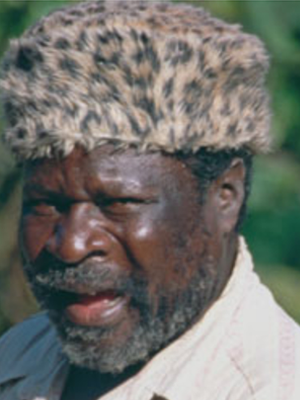
Bernard Matemera
He was a Zimbabwean Sculptor. The sculptural movement of which he was part is usually referred to as “Shona sculpture”. He became the symbolic leader of the community and from the 1980s gained worldwide recognition, with works included in exhibitions in the US, UK, Germany, The Netherlands and elsewhere. His sculptures are in the permanent collections of the National Gallery of Zimbabwe, the Chapungu Sculpture Park, the Museum fur Vlkerkunde, Frankfurt and many others. Many of Bernard’s exhibition pieces, such as Great Spirit Woman (Serpentine, 1982), have toured worldwide; for example to the Yorkshire Sculpture Park in 1990, which depicts it on the front cover of the exhibition’s catalogue. Works by Matemera and his colleagues were exhibited in the Rhodes National Gallery. Matemera first contributed to the Annual Exhibitions in the Gallery in 1967 and 1968.
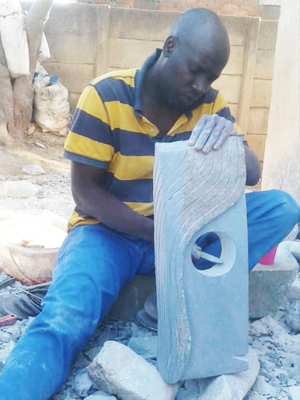
Bronson Gengezha
He was born on 21-04-1981. He attended Ellis Robins Boys High School. He started sculpting in 1998 under the guidance of his father Temba Gengezha. He is inspired by nature, everyday life in Zimbabwe, and the bonds of family. He likes carving hard colourful stones. He uses the traditional sculpting ways by only using hand tools like a chisel, hammer, rasper, mbezo , files to reveal the message contained in the stone.
His works can be found in private collections, galleries in USA, Netherlands, South Korea, South Africa, Germany, Brazil etc.
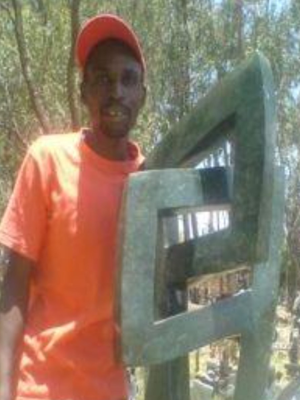
Edmore Sango
I was born in 1977 in Guruve and received my primary education at Nyanhunzi School, my secondary education at Mamini High School. I started sculpting at a very tender age; my inspiration was due to the fact that I came from a renowned carving family. This helped me to gain very good experience while I was still very young. I am now one of the successful third-generation Sculptors. I have received three Merit awards from World Art Foundation, Kunst in Depolder and Enlaoe. In 1998 Tom Blomefield invited me to join Tengenenge Sculpture Community. I worked with them for two years. In 2001, I received an invitation to Netherlands from two galleries called World Art Foundation and Kunst In Depolder to do a workshop and exhibition. In 2002 and 2013, I was invited to Germany to Enlaoe Gallery and INTO AFRICA GALLERY respectively for workshops and exhibitions.
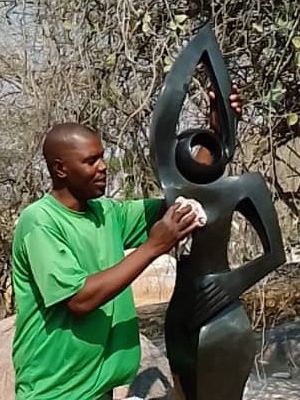
Farai Nyakanyanza
He was born on 29/09/1979 post-humuorasly some few months after father’s death. He grew up in Chitungwiza with his mother. He developed a keen of interest in stone curving at a tender age whilst in primary level in 1990. He grew up on stone curver’s environment where He saw his next door neighbor famous artist Nesbert Masunda (Mukomberanwa cousin) doing his artworks together with his older brother Kaitano Ngamu and others. They both inspired him. He practiced with them mostly after school, weekends and holidays upto be good in creating his own small sculptures. He became a full time artist in 1997 after completing his secondary school. He got married in 2002 and blessed with four children (2 boys & 2 girls).
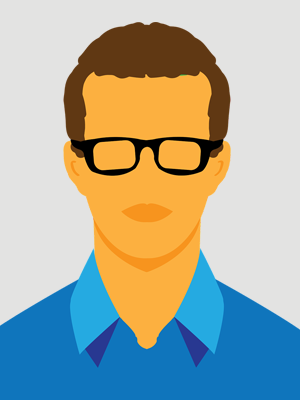
Goodson Mlera
Born in Zimbabwe’s capital, Harare, Goodson Mlera grew up with his family in the high density suburb of Tafara. When he was young, Goodson was inspired by seeing the stone works of the well renown artist, Luxon Gutsa. In his sixth level of primary education, he was encouraged by the sculptor Jim Sephani to experiment with sculpting. He creates sculptures that are both incredibly beautiful and emotionally expressive. His sculptures speak of parenthood, innocence, protection and love. He enjoys the challenge of creating his works of art using one of the hardest stones available in Zimbabwe, Springstone. Goodson has now been successful in establishing himself as one of Zimbabwe’s most talented, young artists. His works are original and creative and his reputation is growing quickly. His sculptures can be found in galleries and private collections around the world.
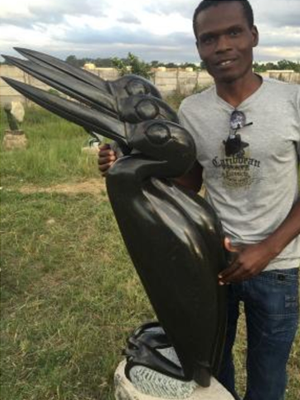
Lacknos Chingwaro
Lacknos was born in February 1980 in Mukaera in northern Zimbabwe. He comes from a family that both among the sculptors in the Guruve region and in the religious community of Mukaera enjoys a high reputation. He began sculpting at the age of 12, he really just wanted to be a football player (soccer) and sculpting was a pass time, when his father fell ill he had to sculpt in order to support his family.
In 1994 he joined the artistic community at Tengenenge, gave workshops and was soon one of the sculptors of the artists’ village, which could earn his living alone with sculptures. When after the turn of the century the ownership and the responsibilities were opaque in Tengenenge, he went all the way back to Mukaera, where he still lives and works. He describes himself as a religious, reserved, almost shy man. This is also reflected in his work.
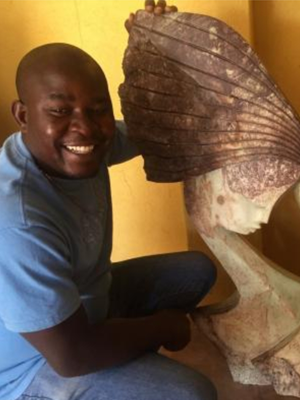
Lovemore Bonjisi
Lovemore was born in January 1985 in Ruwa, Zimbabwe. He is the youngest in the Bonjisi family of stone sculptors, and trained with his brother Lameck (now deceased), one of Zimbabwe’s most successful sculptors. His work is dynamic and fluid, coupled with sharp angles and smooth long necks with lifelike faces. He cites as inspiration the legendary sculptor Nicholas Mukomberanwa, who taught Lameck. He has been exhibited in many galleries, including:
Contemporary Fine Art Gallery (Eton, UK)
Passion in Stone Exhibition (Sydney, Australia)
Alexander Gallery (Spain), who voted him Most Promising Sculptor in 2004.
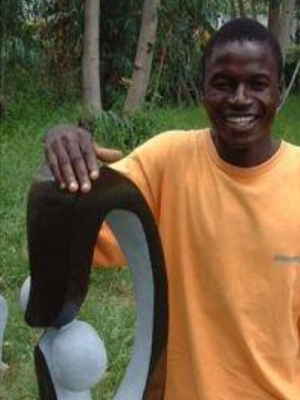
Misheck Makaza
He was born in 1977 in Guruve, the North of Zimbabwe. Misheck is from the Shona tribe, unmarried and sixth born in a family of seven. He accomplished his primary education in Guruve and in 1995 began secondary education in Negomo achieving five OLevels. After completing education Misheck visited his brother Tinashe who was then working at Chapungu Sculpture Park on a years residency programme. Misheck joined Tinashe at Chapungu and started working as his assistant. In his spare time he used to sculpt his own pieces, which were brought by various customers of his brothers. His work is influenced by his natural surroundings and his sculptures reflect the organic shapes found in mountains clouds and flowers. Sadly his brother passed away in July 2002 and Misheck has now carried on as a full-time artist in honour of his brother. Apart from sculpting he likes to keep abreast of current affairs, attends church and visits places that interest him.
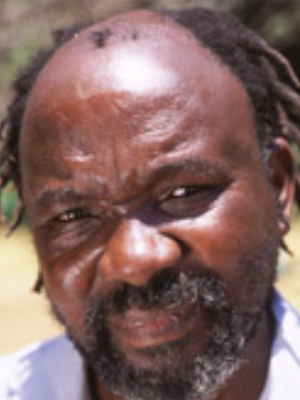
Nicholas Mukomberanwa
He was born in the Buhera district of Zimbabwe in 1940. His childhood was spent in a rural environment which was fundamentally to influence his later life and work (“a wonderful place to grow up – surrounded by mountains and rivers with places full of trees”). It was at the Serima Mission school where he was introduced to the discipline of wood-carving as well as the images of formal worship (Christian) and those of traditional African art. Nicholas to this day, acknowledges the importance of this initial influence (“the seed of art was sown in my heart”), but whereas Serima had provided a rigid and secure framework in which to make early explorations into artistic realms, the very particular philosophy followed by Frank McEwen (whom he met in 1962) hung upon a belief in allowing the natural, latent talents within the artist to emerge, with little formal guidance and ‘training’.
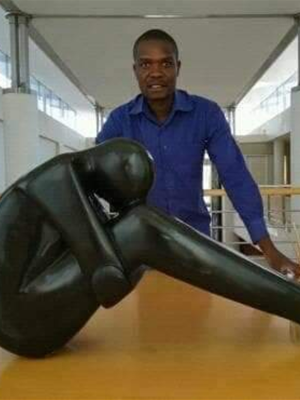
Noah Tabo
Born in the capital city of Zimbabwe, Harare, Noah is the fifth born in a family of six. He attended primary school at Tashinga primary and the secondary at Tafara High 1. Noah was inspired and encouraged to sculpt by his friend Goodson Mlera in 2004 during secondary level education. In 2005 he became a full-time artist and started working with Goodson in 2005 as his assistant.
“I never knew that I would become a sculptor because I always liked drawing and painting but when I started sculpting, that’s when I found that I have talent”.
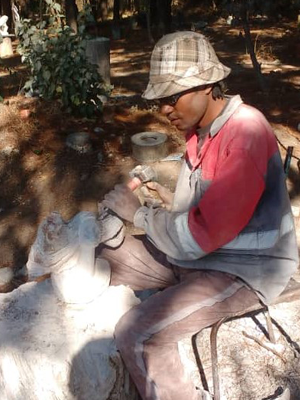
Peter Kananji
He was born in Rusape and went to Gunda Primary School followed by Tsindi Secondary School. He started sculpting in 1990 at Chapungu Sculpture Park in Harare under the guidance of well-known artist Joe Mutasa. When he was still a young boy his interest in art was apparent. He used to enjoy making human figures, animals and pots out of clay. When he started learning to carve stones, he was a very eager student, who thrived on carving. In 1998 he moved to Ambassador Sculpture Gallery with Gerald Takawira as resident artist and was also guided by internationally known Jim Sephani and the late Amos Supini. His work has been exhibited in the U.S.A., Germany, Belgium, The Netherlands, South Africa, Australia, and at many galleries in Zimbabwe, including the National Gallery and Chapungu Sculpture Park. He is regarded as an up and coming young artist and he is a member of the Artpeace co-operative although he works from home. He is married with one child and supports 17 people. He sculpts very distinctive heads, normally in higher quality stone.
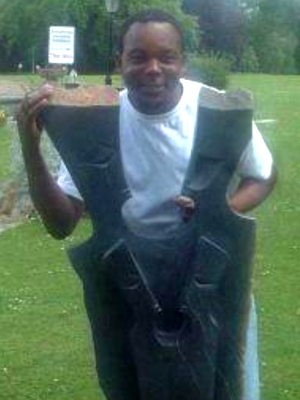
Sam Mabeu
Sam is 41 years old and lives in Mabvuku, about 15 minutes East of Harare. Sam was initiated into the sculpture movement in Zimbabwe when he was only 15 years old in Tafara with a few local artists, after four years he was recognised by the great sculptor Amos Supuni, his neighbour. He worked as Amoss assistance and apprentice for three years before he was approached by other well-known artists Joseph Muzondo and Taylor Nkomo and made a career move to be their apprentice, for one year each respectively to gain more experience. It was with them that he was first introduced to the Chapungu Sculpture Park, which he regularly visited to help other sculptors.
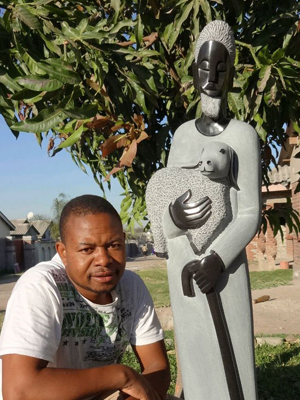
Stephen Murenza
He was born in 1982 in the rural district of Rushinga. He is from a family of six boys, five of whom are sculptors. He likes to carve what is meaningful in our culture and our lives.” Stephen moves effortlessly between representational and abstract interpretations, experimenting with texture and form. There is a beautiful simplicity to his work. Whether it’s a bird in flight or a bathing woman, Stephen’s sculptures have movement and stillness at the same time. Stephen’s distinctive sculptures have sold to collectors and galleries in Zimbabwe, South Africa, the UK, the US, Germany, Holland, Belgium, Australia, New Zealand and Canada.
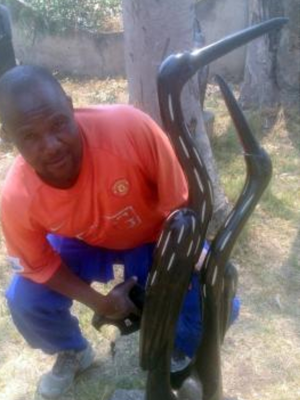
Stephen Chikeya
He was born in 1982 in the rural district of Rushinga. He is from a family of six boys, five of whom are sculptors. He likes to carve what is meaningful in our culture and our lives.” Stephen moves effortlessly between representational and abstract interpretations, experimenting with texture and form. There is a beautiful simplicity to his work. Whether it’s a bird in flight or a bathing woman, Stephen’s sculptures have movement and stillness at the same time. Stephen’s distinctive sculptures have sold to collectors and galleries in Zimbabwe, South Africa, the UK, the US, Germany, Holland, Belgium, Australia, New Zealand and Canada.
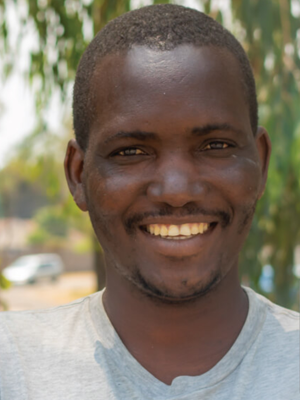
Tawanda Makore
Tawanda Makore was born on August 8, 1979 in the Midlands province of Zimbabwe and currently living in Harare, Zimbabwe. Akence Makore,his late uncle, a renowned sculptor, inspired him to become a sculptor and thus his training began at an early age under the eyes of his elders. He soon developed his own technique and style, and eventually joined various artist groups. In 2006 he joined a group of artists based in Harare, Zimbabwe’s capital. He is one of the new generation of young artists whose work has become distinctive. He is being recognized as one of the major talents to emerge from Zimbabwe today. His work has evolved to become a unique style of three dimensional sculptures which he calls ‘vision sculptures’ with a pure, experimental touch. Well-known art collectors in Europe and the USA have exhibited Tawanda’s work.
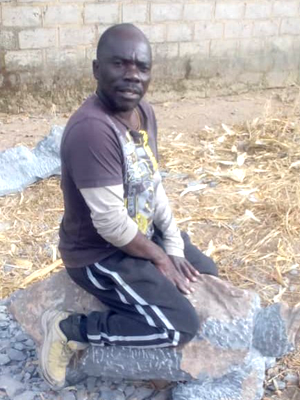
Tendai Rukodzi
He was born in Mt Darwin 1973 ,13 November started sculpting in 1988 on part time since he was still at school ,after moving to Guruve where he worked with his brother Edronce Rukodzi one of the famous sculptors of the first generation. His works has intensively group exhibited in many galleries overseas namely Japan, South Korea, Israel, Germany, Belgium, Austria, UK where he was published in the magazine, Australia where he was highly recomended in his figurative abstracts, USA and once published in San Diego media and Florida newspapers. In 1999 Tendai Rukodzi rejoined Tengenenge art Gallery and became famous and one of the top selling artists where he worked alongside artist like Bernard Matemera. In 2002 went back to Harare at Tsindi Gallery where he is working from currently.
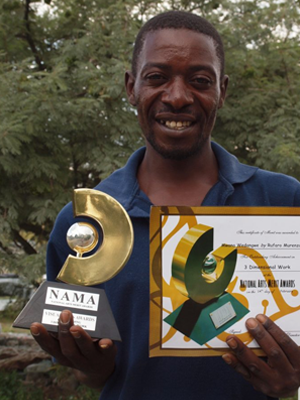
Rufaro Murenza
He was born in Zimbabwe in 1980. While doing his ‘O’ levels, he started working with world famous Zimbabwean sculptor Joe Mutasa, as his assistant at Chapungu Sculpture Park in Msasa, Harare. At Chapungu, he was exposed to the works of many artists, like Tapfuma Gutsa, Nicholas Mukomberanwa and Eddie Masaya who had even ventured into granite carving. In 1998 he attended a workshop in granite carving at Chapungu. From then on, he never looked back. He went to Belgium for an exhibition with his mentor Joe Mutasa. It was highly susscessful and resulted in the sale of all their pieces and also secured many orders. After many years with Joe, Rufaro felt the time had come to strike out on his own so he joined the Chitungwiza Arts Centre to have his own workspace. ‘At the moment it seems the sky is the limit. With ten years experience in carving, I am looking forward to working independently.’
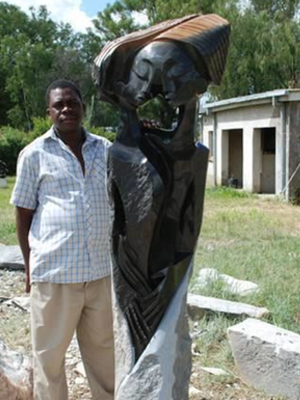
Witness Bonjisi
Witness was born in 1975 in Mudzi, Mutoko. He is the second born in a family of seven. He grew up in Domboshava, Chinamhora where he achieved his primary education. He then moved to Mabvuku, on the outskirts of Harare and completed his secondary education. He started sculpting in 1992 with the late Nicholas Mukomberanwa and then with his elder brother Lameck Bonjisi. He was mainly inspired into the sculpture world by his brother Lameck. In 1997 he started sculpting his own pieces. He has attended workshops in America and Switzerland and his works can be found in galleries and private collections all over the world. He has participated in exhibitions such as: 2002 Zuva Gallery, Arizona, USA; 2002 Shamwari Gallery, Oakland, SF, USA and 2003 World Economic Forum, Switzerland.
